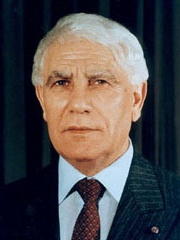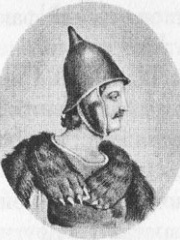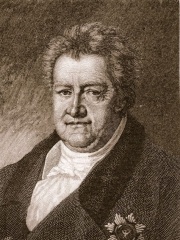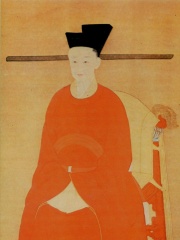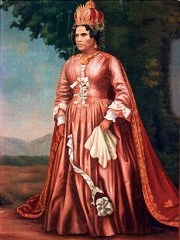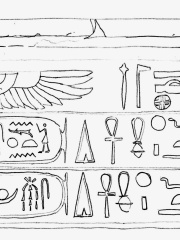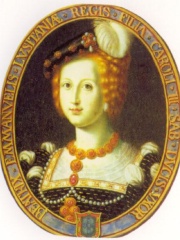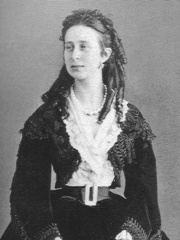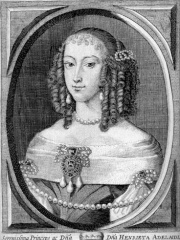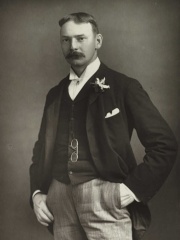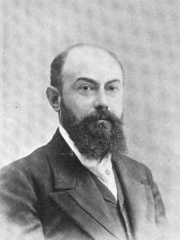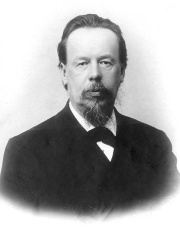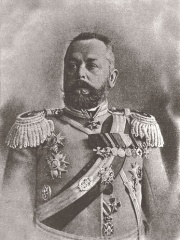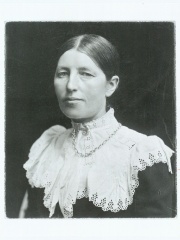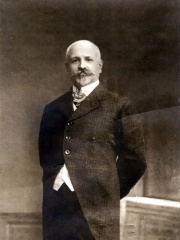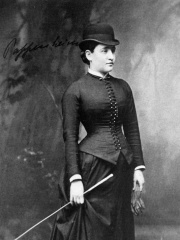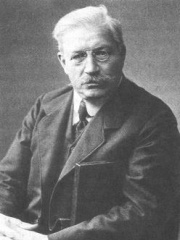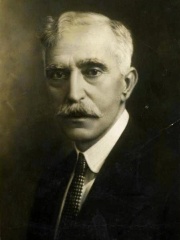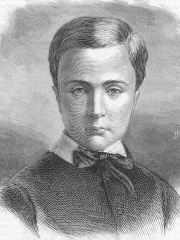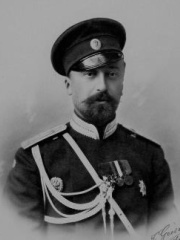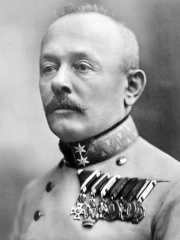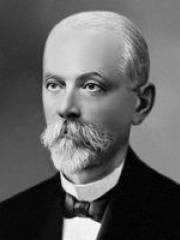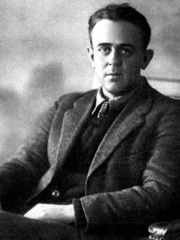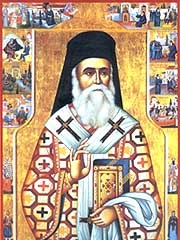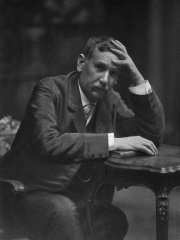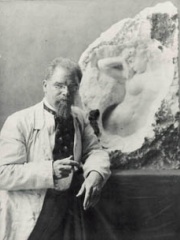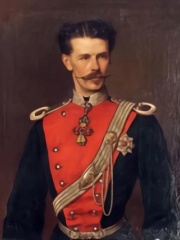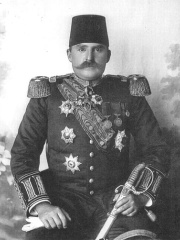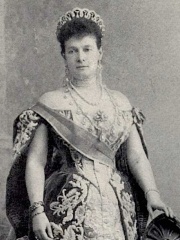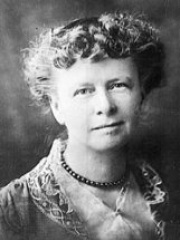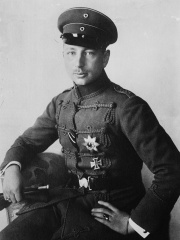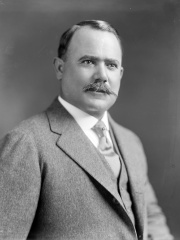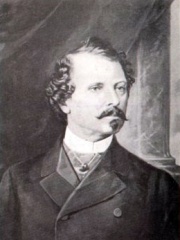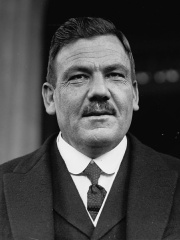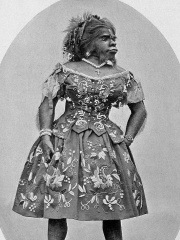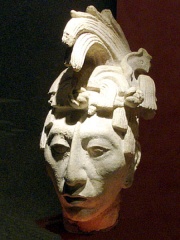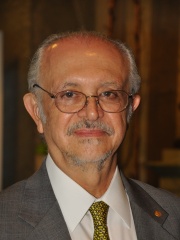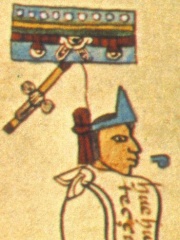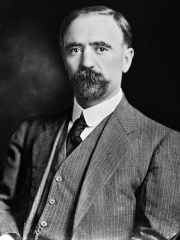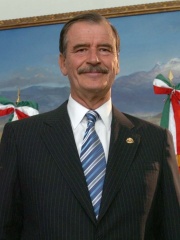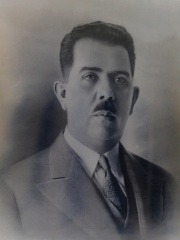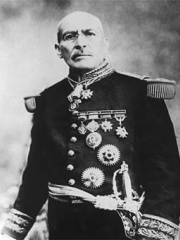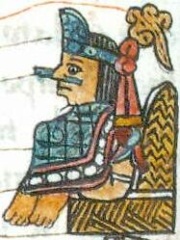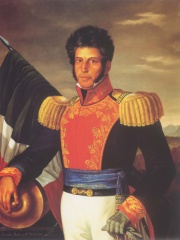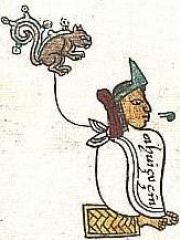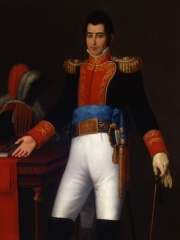POLITICIAN
Venustiano Carranza
1859 - 1920
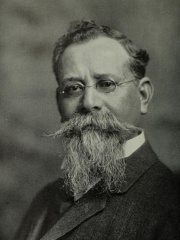
 Venustiano Carranza
Venustiano Carranza
José Venustiano Carranza de la Garza (Spanish pronunciation: [benusˈtjano kaˈransa ðe la ˈɣaɾsa]; 29 December 1859 – 21 May 1920) was a Mexican land owner and politician who served as President of Mexico from 1917 until his assassination in 1920, during the Mexican Revolution. He was previously Mexico's de facto head of state as Primer Jefe (Spanish: "First Chief") of the Constitutionalist faction from 1914 to 1917, and previously served as a senator and governor for Coahuila. He played the leading role in drafting the Constitution of 1917 and maintained Mexican neutrality in World War I. Born in Coahuila to a prominent landowning family, he served as a senator for his state during the Porfiriato, appointed by President and de facto dictator Porfirio Díaz. Read more on Wikipedia
Since 2007, the English Wikipedia page of Venustiano Carranza has received more than 1,099,223 page views. His biography is available in 40 different languages on Wikipedia (up from 39 in 2019). Venustiano Carranza is the 3,952nd most popular politician (up from 3,980th in 2019), the 35th most popular biography from Mexico (up from 39th in 2019) and the 15th most popular Mexican Politician.
Venustiano Carranza was the president of Mexico from 1917 to 1920. He is most famous for being the president of Mexico when the Mexican Revolution took place.
Memorability Metrics
1.1M
Page Views (PV)
61.19
Historical Popularity Index (HPI)
40
Languages Editions (L)
2.65
Effective Languages (L*)
4.52
Coefficient of Variation (CV)
Page views of Venustiano Carranzas by language
Over the past year Venustiano Carranza has had the most page views in the Spanish wikipedia edition with 528,857 views, followed by English (134,977), and French (7,527). In terms of yearly growth of page views the top 3 wikpedia editions are Persian (409.05%), Azerbaijani (306.85%), and Scots (58.75%)
Among POLITICIANS
Among politicians, Venustiano Carranza ranks 3,952 out of 19,576. Before him are Chadli Bendjedid, Janez Drnovšek, Sweyn III of Denmark, Yaropolk I of Kiev, Karl August, Grand Duke of Saxe-Weimar-Eisenach, and Emperor Duzong. After him are Ranavalona I, Senakhtenre Ahmose, Beatrice of Portugal, Duchess of Savoy, Princess Alexandra of Saxe-Altenburg, Bayan I, and Princess Henriette Adelaide of Savoy.
Most Popular Politicians in Wikipedia
Go to all RankingsChadli Bendjedid
1929 - 2012
HPI: 61.19
Rank: 3,946
Janez Drnovšek
1950 - 2008
HPI: 61.19
Rank: 3,947
Sweyn III of Denmark
1125 - 1157
HPI: 61.19
Rank: 3,948
Yaropolk I of Kiev
955 - 980
HPI: 61.19
Rank: 3,949
Karl August, Grand Duke of Saxe-Weimar-Eisenach
1757 - 1828
HPI: 61.19
Rank: 3,950
Emperor Duzong
1240 - 1274
HPI: 61.19
Rank: 3,951
Venustiano Carranza
1859 - 1920
HPI: 61.19
Rank: 3,952
Ranavalona I
1788 - 1861
HPI: 61.19
Rank: 3,953
Senakhtenre Ahmose
1600 BC - 1600 BC
HPI: 61.19
Rank: 3,954
Beatrice of Portugal, Duchess of Savoy
1504 - 1538
HPI: 61.18
Rank: 3,955
Princess Alexandra of Saxe-Altenburg
1830 - 1911
HPI: 61.18
Rank: 3,956
Bayan I
600 - 602
HPI: 61.18
Rank: 3,957
Princess Henriette Adelaide of Savoy
1636 - 1676
HPI: 61.18
Rank: 3,958
Contemporaries
Among people born in 1859, Venustiano Carranza ranks 25. Before him are Jerome K. Jerome, Pierre Janet, Alexander Stepanovich Popov, Hugo Junkers, Alexander Samsonov, and Anna Ancher. After him are Francisco Ferrer, Bertha Pappenheim, Pavel Milyukov, Francesc Macià, Prince Leopold, Duke of Brabant, and Grand Duke Nicholas Mikhailovich of Russia. Among people deceased in 1920, Venustiano Carranza ranks 23. Before him are Svetozar Boroević, Dmitri Ivanovsky, Rosalia Lombardo, John Reed, Nectarios of Aegina, and Benito Pérez Galdós. After him are Max Klinger, Duke Ludwig Wilhelm in Bavaria, Essad Pasha Toptani, Duchess Marie of Mecklenburg-Schwerin, Eleanor H. Porter, and Prince Joachim of Prussia.
Others Born in 1859
Go to all RankingsJerome K. Jerome
WRITER
1859 - 1927
HPI: 63.23
Rank: 19
Pierre Janet
PSYCHOLOGIST
1859 - 1947
HPI: 63.07
Rank: 20
Alexander Stepanovich Popov
INVENTOR
1859 - 1906
HPI: 62.85
Rank: 21
Hugo Junkers
ENGINEER
1859 - 1935
HPI: 62.70
Rank: 22
Alexander Samsonov
MILITARY PERSONNEL
1859 - 1914
HPI: 61.91
Rank: 23
Anna Ancher
PAINTER
1859 - 1935
HPI: 61.51
Rank: 24
Venustiano Carranza
POLITICIAN
1859 - 1920
HPI: 61.19
Rank: 25
Francisco Ferrer
PHILOSOPHER
1859 - 1909
HPI: 60.78
Rank: 26
Bertha Pappenheim
SOCIAL ACTIVIST
1859 - 1936
HPI: 60.45
Rank: 27
Pavel Milyukov
POLITICIAN
1859 - 1943
HPI: 59.66
Rank: 28
Francesc Macià
POLITICIAN
1859 - 1933
HPI: 59.44
Rank: 29
Prince Leopold, Duke of Brabant
POLITICIAN
1859 - 1869
HPI: 59.35
Rank: 30
Grand Duke Nicholas Mikhailovich of Russia
POLITICIAN
1859 - 1919
HPI: 59.16
Rank: 31
Others Deceased in 1920
Go to all RankingsSvetozar Boroević
MILITARY PERSONNEL
1856 - 1920
HPI: 64.42
Rank: 17
Dmitri Ivanovsky
BIOLOGIST
1864 - 1920
HPI: 63.98
Rank: 18
Rosalia Lombardo
CELEBRITY
1918 - 1920
HPI: 63.95
Rank: 19
John Reed
JOURNALIST
1887 - 1920
HPI: 63.52
Rank: 20
Nectarios of Aegina
RELIGIOUS FIGURE
1846 - 1920
HPI: 62.31
Rank: 21
Benito Pérez Galdós
WRITER
1843 - 1920
HPI: 61.52
Rank: 22
Venustiano Carranza
POLITICIAN
1859 - 1920
HPI: 61.19
Rank: 23
Max Klinger
PAINTER
1857 - 1920
HPI: 60.98
Rank: 24
Duke Ludwig Wilhelm in Bavaria
POLITICIAN
1831 - 1920
HPI: 60.89
Rank: 25
Essad Pasha Toptani
POLITICIAN
1863 - 1920
HPI: 60.23
Rank: 26
Duchess Marie of Mecklenburg-Schwerin
NOBLEMAN
1854 - 1920
HPI: 59.92
Rank: 27
Eleanor H. Porter
WRITER
1868 - 1920
HPI: 59.73
Rank: 28
Prince Joachim of Prussia
COMPANION
1890 - 1920
HPI: 59.58
Rank: 29
In Mexico
Among people born in Mexico, Venustiano Carranza ranks 35 out of 729. Before him are Guillermo del Toro (1964), Álvaro Obregón (1880), Alejandro González Iñárritu (1963), Thomas Mayne Reid (1818), Luis Barragán (1902), and Plutarco Elías Calles (1877). After him are Julia Pastrana (1834), Kʼinich Janaabʼ Pakal (603), Mario J. Molina (1943), Pedro Armendáriz (1912), María Félix (1914), and Juan Diego (1474).
Others born in Mexico
Go to all RankingsGuillermo del Toro
FILM DIRECTOR
1964 - Present
HPI: 62.01
Rank: 29
Álvaro Obregón
POLITICIAN
1880 - 1928
HPI: 61.44
Rank: 30
Alejandro González Iñárritu
FILM DIRECTOR
1963 - Present
HPI: 61.44
Rank: 31
Thomas Mayne Reid
WRITER
1818 - 1883
HPI: 61.41
Rank: 32
Luis Barragán
ARCHITECT
1902 - 1988
HPI: 61.36
Rank: 33
Plutarco Elías Calles
POLITICIAN
1877 - 1945
HPI: 61.21
Rank: 34
Venustiano Carranza
POLITICIAN
1859 - 1920
HPI: 61.19
Rank: 35
Julia Pastrana
RELIGIOUS FIGURE
1834 - 1860
HPI: 61.17
Rank: 36
Kʼinich Janaabʼ Pakal
POLITICIAN
603 - 683
HPI: 61.08
Rank: 37
Mario J. Molina
CHEMIST
1943 - 2020
HPI: 61.04
Rank: 38
Pedro Armendáriz
ACTOR
1912 - 1963
HPI: 60.96
Rank: 39
María Félix
ACTOR
1914 - 2002
HPI: 60.89
Rank: 40
Juan Diego
RELIGIOUS FIGURE
1474 - 1548
HPI: 60.88
Rank: 41
Among POLITICIANS In Mexico
Among politicians born in Mexico, Venustiano Carranza ranks 15. Before him are Moctezuma I (1398), Francisco I. Madero (1873), Vicente Fox (1942), Lázaro Cárdenas (1895), Álvaro Obregón (1880), and Plutarco Elías Calles (1877). After him are Kʼinich Janaabʼ Pakal (603), Victoriano Huerta (1850), Cuitláhuac (1476), Vicente Guerrero (1782), Ahuitzotl (1486), and Guadalupe Victoria (1786).
Moctezuma I
1398 - 1469
HPI: 63.56
Rank: 9
Francisco I. Madero
1873 - 1913
HPI: 63.31
Rank: 10
Vicente Fox
1942 - Present
HPI: 62.67
Rank: 11
Lázaro Cárdenas
1895 - 1970
HPI: 62.41
Rank: 12
Álvaro Obregón
1880 - 1928
HPI: 61.44
Rank: 13
Plutarco Elías Calles
1877 - 1945
HPI: 61.21
Rank: 14
Venustiano Carranza
1859 - 1920
HPI: 61.19
Rank: 15
Kʼinich Janaabʼ Pakal
603 - 683
HPI: 61.08
Rank: 16
Victoriano Huerta
1850 - 1916
HPI: 60.76
Rank: 17
Cuitláhuac
1476 - 1520
HPI: 60.32
Rank: 18
Vicente Guerrero
1782 - 1831
HPI: 60.01
Rank: 19
Ahuitzotl
1486 - 1502
HPI: 59.96
Rank: 20
Guadalupe Victoria
1786 - 1845
HPI: 59.96
Rank: 21
